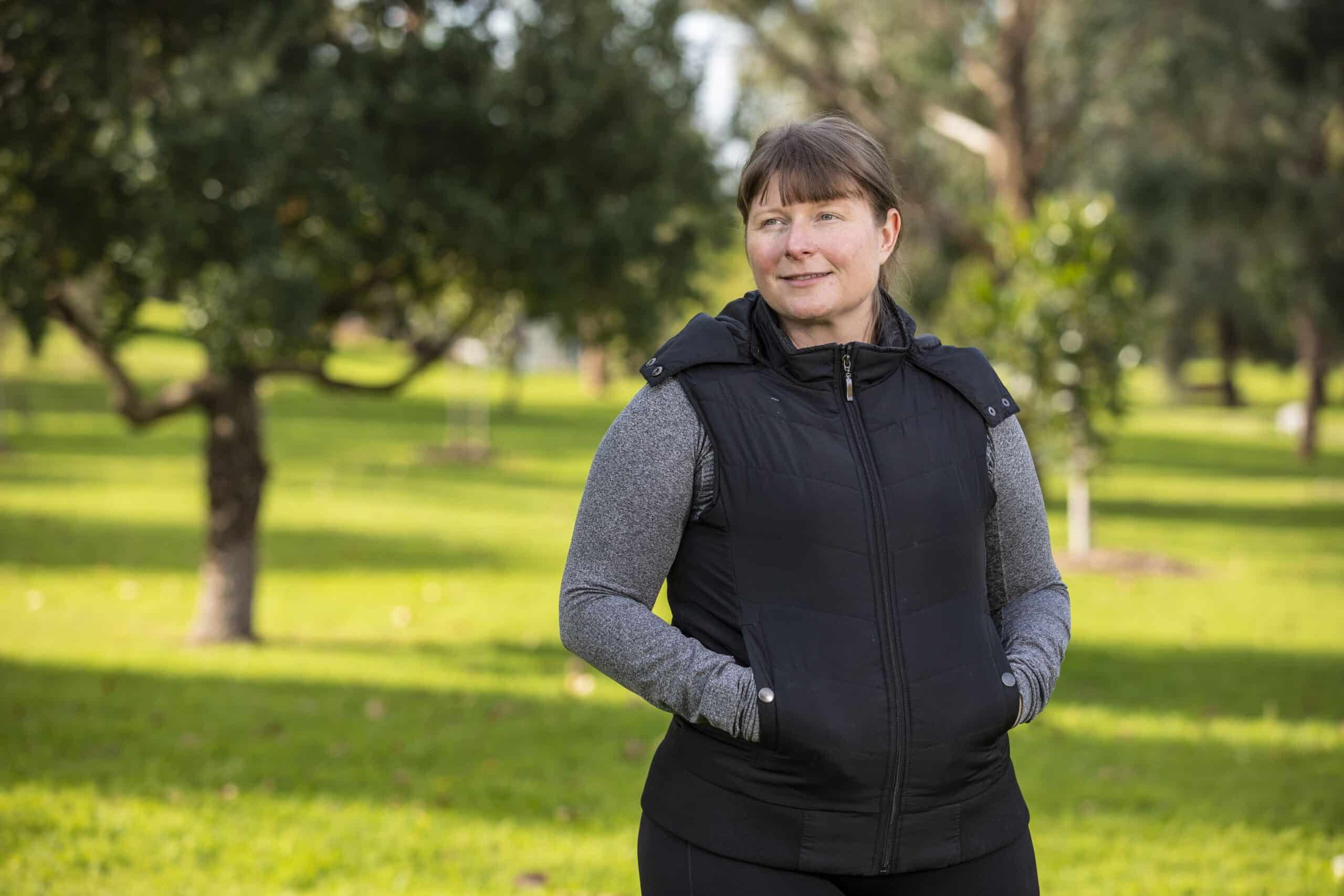If you have pre-diabetes, it means that your blood glucose levels are higher than normal, but not high enough to be diagnosed with type 2 diabetes. That means that you may be able to prevent or delay the onset of type 2 diabetes with the tools and support to manage pre-diabetes.
One of the best ways to manage pre-diabetes and prevent the onset of type 2 diabetes is to include healthy eating in your everyday life. Not only do the right foods provide your body with important nutrients, but they can help to keep blood glucose levels in target range, in addition to supporting weight management.
Where can I find free recipes that help prevent type 2 diabetes?
The Life! program Health Hub offers delicious recipes that are easy to prepare, contain a variety of healthy ingredients and can fit your breakfast, lunch, dinner or in between.
Our latest recipes include:
- Heart healthy crackers
- Healthy salad nicoise
- Healthy gourmet vegetarian sandwich
- Healthy egg & avocado sandwich
What are some simple dietary habits that I can use that will help me with my pre-diabetes diet plan?
When trying to improve your diet it is important to eat a variety of colourful and nutritious foods and correct portion sizes. Not only will this help prevent type 2 diabetes, but it will also result in an overall health and wellbeing.
The Australian Dietary Guidelines provide a guide on serving sizes for adults, as well as children, adolescents and toddlers.
Eat plenty of fruit and vegetables
Fruits and vegetables are an important part of any healthy diet, as they come with a variety of nutrients that boost the body’s health.
A standard serve of fruit is about 150g (350kJ) or:
- 1 medium apple, banana, orange or pear
- 2 small apricots, kiwi fruits or plums
- 1 cup diced or canned fruit (no added sugar)
Or only occasionally:
- 30g dried fruit (for example, 4 dried apricot halves, 1½ tablespoons of sultanas)
A standard serve of vegetables is about 75g (100–350kJ) or:
- ½ cup cooked green or orange vegetables (for example, broccoli, spinach, carrots or pumpkin)
- ½ cup cooked dried or canned beans, peas or lentils (preferably with no added salt)
- 1 cup green leafy or raw salad vegetables
- ½ cup sweet corn
- ½ medium potato or other starchy vegetables (sweet potato, taro or cassava)
- 1 medium tomato
(Source: Eat For Health)
Include whole grains into your diet
Whole grain foods contain a variety of vitamins and minerals, as well as carbohydrates, protein and fibre, making them a great addition to a healthy diet.
A serve of whole grain foods is 500kJ which is:
- 1 slice (40g) bread
- ½ medium (40g) roll or flat bread
- ½ cup (75-120g) cooked rice, pasta, noodles, barley, buckwheat, semolina, polenta, bulgur or quinoa
- ½ cup (120g) cooked porridge
- ²/³ cup (30g) wheat cereal flakes
- ¼ cup (30g) muesli
- 3 (35g) crispbreads
- 1 (60g) crumpet
- 1 small (35g) English muffin or scone
Aim for a variety of protein-rich foods
In order for your body to grow and repair itself, you need to eat protein-rich foods. There are two types of protein;
- Plant-based protein, which is found in foods such as;
- Legumes such as beans, chickpeas, lentils, split peas, soybeans, etc.
- Tofu
- Animal-based protein, which is found in foods such as;
- Fish and seafood
- Eggs
- Poultry such as chicken, turkey and duck
- Red meat such as beef, veal, pork, lamb, etc.
- Dairy such as milk, cheese and yoghurt
When trying to eat a healthy diet you need to be mindful of your red meat and dairy intake. For example, eating over 3 meals a week that contain red meat can contribute to heart disease. (Source: Health Direct)
Look for low glycemic index (GI) foods
Foods are arranged on the glycemic index depending on how long they take to be digested. When your body digests the carbohydrates in your food, it converts those carbohydrates into energy that forms glucose in your blood.
High GI foods are quicker to digest, which causes a larger increase in blood glucose than lower GI foods, which take longer to digest (Source: ACT Health). Also, lower GI foods take longer to digest, and this means that they keep you feeling fuller for longer, which helps with weight management.
Examples of low GI foods include;
- Traditional rolled oats
- Dense whole grain breads
- Lentils and legumes
- Sweet potato
- Milk
- Yoghurt
- Pasta
Get the right kinds of fats in your diet
The good kind of fats are called polyunsaturated and monounsaturated fats. The reason that these fats are good is because they help keep your heart healthy and are an important part of a healthy well-balanced diet.
| Polyunsaturated Fats | Monounsaturated Fats |
|
|
Go for low fat dairy products
Dairy products have several health benefits, from being a great source of calcium to containing various vitamins and minerals.
A serve of milk, yoghurt, cheese is 500-600kJ which is:
- 1 cup (250ml) fresh, UHT long life, reconstituted powdered milk or buttermilk
- ½ cup (120ml) evaporated milk
- 2 slices (40g) or 4 x 3 x 2cm cube (40g) of hard cheese, such as cheddar
- ½ cup (120g) ricotta cheese
- ¾ cup (200g) yoghurt
- 1 cup (250ml) soy, rice or other cereal drink with at least 100 mg of added calcium per 100ml
What are some additional dietary tips to help me manage pre-diabetes?
- Avoid processed and unhealthy foods, such as;
- Certain meat products, such as the fat on red meat and the skin from poultry
- Dairy products such as butter, lard, dripping, cream, sour cream, copha, coconut milk, coconut cream and hard-cooking margarines
- Baked goods such as pastries, cakes, puddings, chocolate and cream biscuits
- Pre-packaged biscuits, savoury packet snacks, cakes, frozen and convenience meals
- Fried takeaway foods such as chips, fried chicken and battered fish
- Pies, sausage rolls and pastries
- Creamy sauces or dressings
- Creamy style soups
- Avoid eating too many high glycemic foods
- Use herbs as an alternative to salt
- Avoid overeating wherever possible
How can the Life! program help me adopt healthy eating patterns for pre-diabetes?
Life! is a free healthy lifestyle program that helps you improve your eating habits, increase your physical activity and manage stress. You can choose from a group course or the telephone health coaching service.
Our experienced health professionals will help you make small changes to your lifestyle so that you can achieve your health goals and reduce your risk of type 2 diabetes, heart disease and stroke. Life! is managed by Diabetes Victoria and funded by the Victorian government. You can check your eligibility for the program here.



